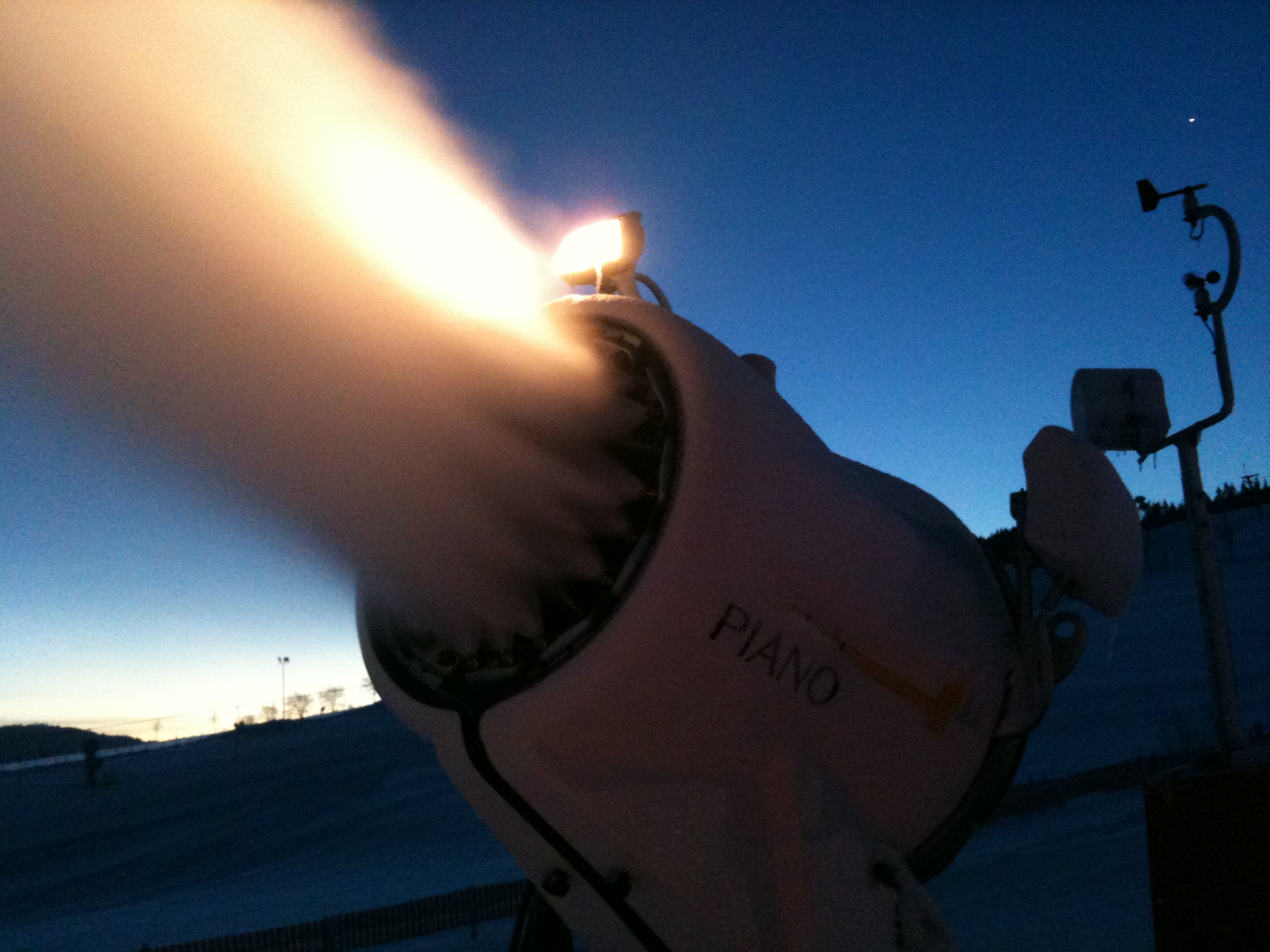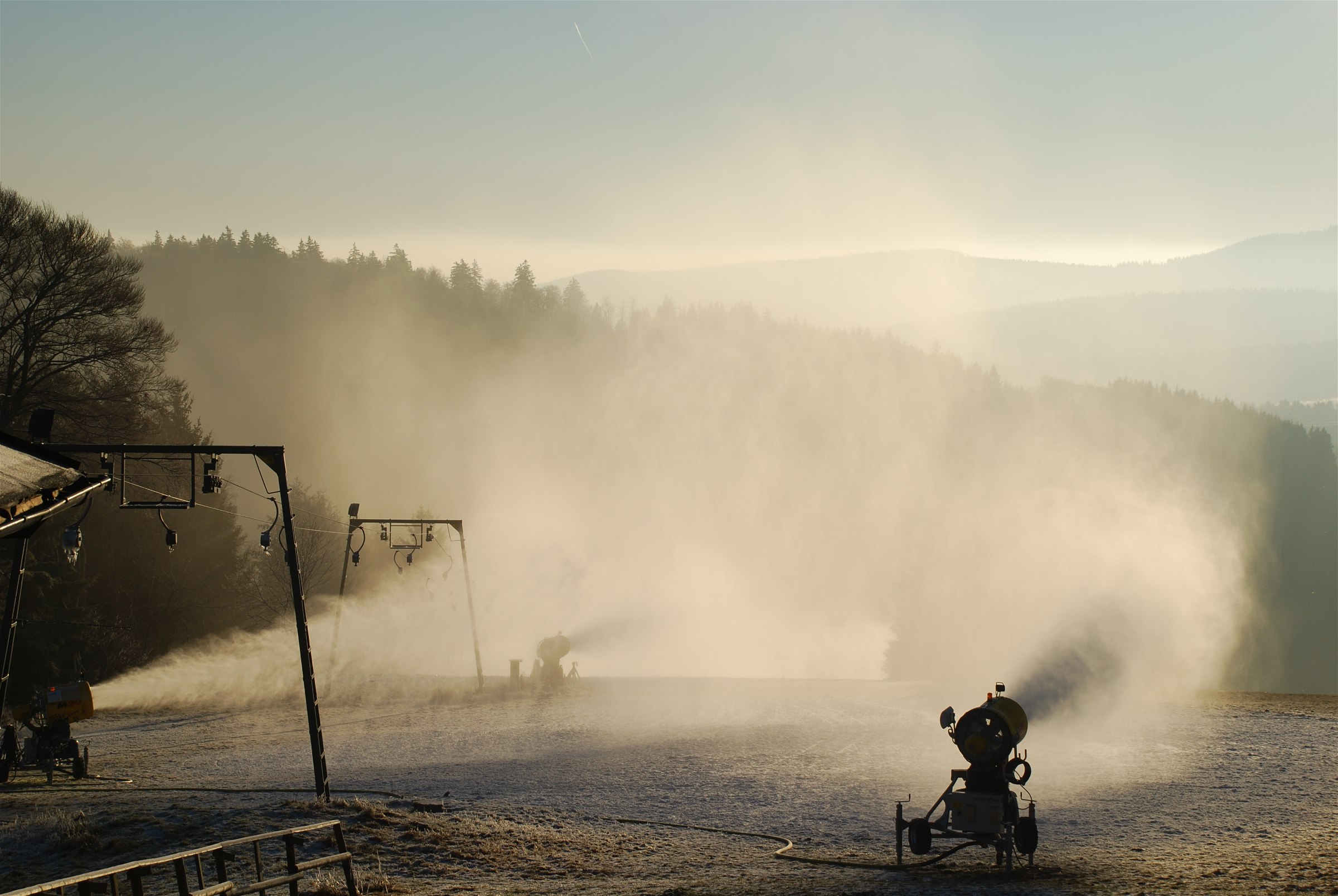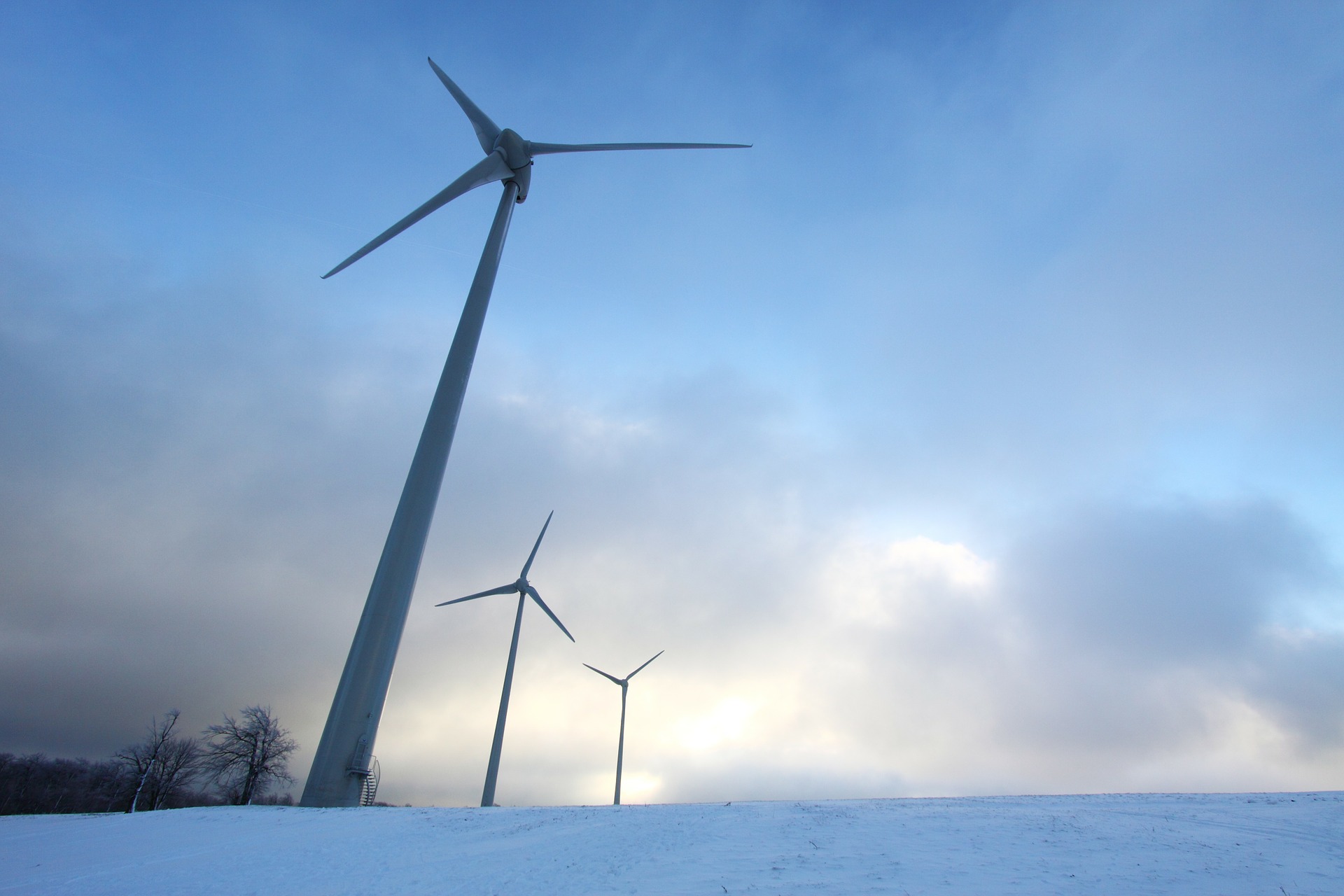
How much energy is needed for snowmaking?
Use of new, energy-saving appliances
Technical developments have ensured that snow guns require significantly less energy than they did a few years ago.
In 2000, for example, a fan gun required 1.45 kWh/m³, but a good 20 years later there were already devices that only required 0.7 kWh/m³. This means that nowadays you can produce twice as much snow with the same amount of energy. The results for lances were even clearer: in 2023, many devices produced three times as much snow as the models 15 years earlier. Technical development continues.
Compared to other sports or leisure activities, the energy requirements and therefore the carbon footprint of the ski resorts in the Sauerland winter sports arena are more favorable than often assumed.
600,000 winter sports enthusiasts benefit
For snowmaking (30 cm) of all the slopes in the region that have a snowmaking system (65 km), the systems consume around 3 GWh of electricity over the entire season. A flight to the Caribbean and back with 200 people requires the same amount of energy. However, around 600,000 winter sports enthusiasts enjoy the region's ski slopes every season. In a consistently cold winter, one layer of basic snowmaking can be enough for the entire season; in changeable winters it can be two or three. Two or three cold days or three or four cold nights are often enough to create a base that lasts for many weeks.
Performance and energy requirements in comparison
Propeller gun at -3 °C: produces 9 m³ snow/h and requires 5 kWh/m³ snow (incl. pumping energy)
Propeller gun at -10 °C: produces 60 m³ of snow/h and requires 1 kWh/m³ of snow (incl. pumping energy)
Snow lance produces 2.5 - 9 m³/h depending on the temperature and requires 0.27 kWh/m³ of snow (water pressure plus compressed air)
Comparison with other sports and leisure activities
In a soccer stadium, the 390,000 soccer fans on a Bundesliga match day with nine games consume as much energy as a small town needs in a whole year (approx. 12 million KWh / 4,000 households). This energy is used for travel, pitch heating, floodlights and much more. A single pitch heating system consumes as much energy per day as a detached house in a year (approx. 4,000 kWh). Another energy guzzler in stadiums is the floodlighting system, which is only used to provide a better TV picture and is also in operation during matches during the day. In addition, there is often seat heating and much more. The energy required to build these monumental stadiums is not even included in this comparison.
The annual consumption of other leisure facilities (per year):
Public sauna: approx. 350,000 kWh
Ice stadium: approx. 2,600,000 kWh
Thermal baths: approx. 2,100,000 kWh




